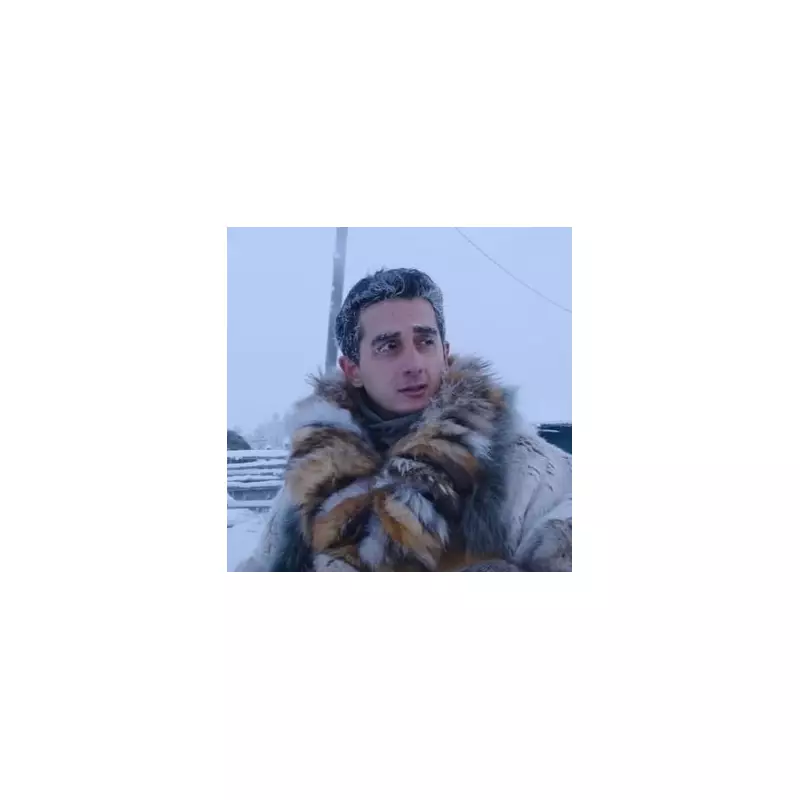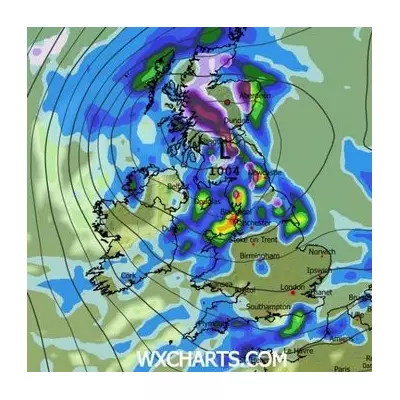
Imagine a world where eyelashes freeze within minutes, where cars run continuously for fear they'll never start again, and where exposed skin risks frostbite in mere moments. This isn't a scene from a science fiction film - this is daily life in Oymyakon, Siberia, officially the coldest permanently inhabited settlement on Earth.
The Journey to the End of the Earth
Reaching this remote outpost requires both determination and a strong tolerance for discomfort. The final leg involves navigating the 'Road of Bones', a treacherous highway built by Gulag prisoners that connects Yakutsk to this frozen frontier. As the temperature gauge steadily drops, visitors quickly understand they're entering another world entirely.
Daily Life in Deep Freeze
Life in Oymyakon operates by different rules than anywhere else on the planet:
- Vehicles never switch off - locals keep engines running during brief stops, knowing restarting might be impossible
- Outdoor glasses are a necessity - metal frames can freeze to facial skin, causing serious injury
- Indoor plumbing is virtually impossible - most residents use outhouses despite temperatures reaching -71°C
- Mobile phones become useless - batteries drain almost instantly in the extreme cold
The Unforgiving Climate
Oymyakon's record low of -71.2°C (-96°F) creates phenomena most people will never witness. Breath freezes audibly with a cracking sound known as 'the whisper of the stars'. The cold is so intense that it feels physically different - a dry, penetrating chill that defies adequate description.
Surprising Survival Strategies
Despite the harsh conditions, approximately 500 people call Oymyakon home year-round. Their survival depends on ingenious adaptations:
Dietary defences: Locals consume large quantities of raw frozen fish, reindeer meat, and ice cubes of horse blood with macaroni - all rich in vitamins and fats needed to generate body heat.
Layered existence: Dressing involves multiple layers of fur and wool, with traditional reindeer skin boots providing essential insulation against the frozen ground.
Community reliance: In such extreme conditions, neighbours depend on each other for survival, maintaining strong community bonds despite the isolation.
A Tourism Paradox
Surprisingly, Oymyakon has developed a small but growing tourism industry. Adventurous travellers brave the conditions to experience this unique way of life and earn bragging rights for visiting the planet's coldest inhabited place. The local community has adapted, offering homestays and the opportunity to receive an official 'Certificate of Visit' to prove you survived the experience.
For those considering the journey, preparation is everything. This isn't a destination for casual travellers but rather for those seeking to understand the absolute limits of human endurance and adaptation.





